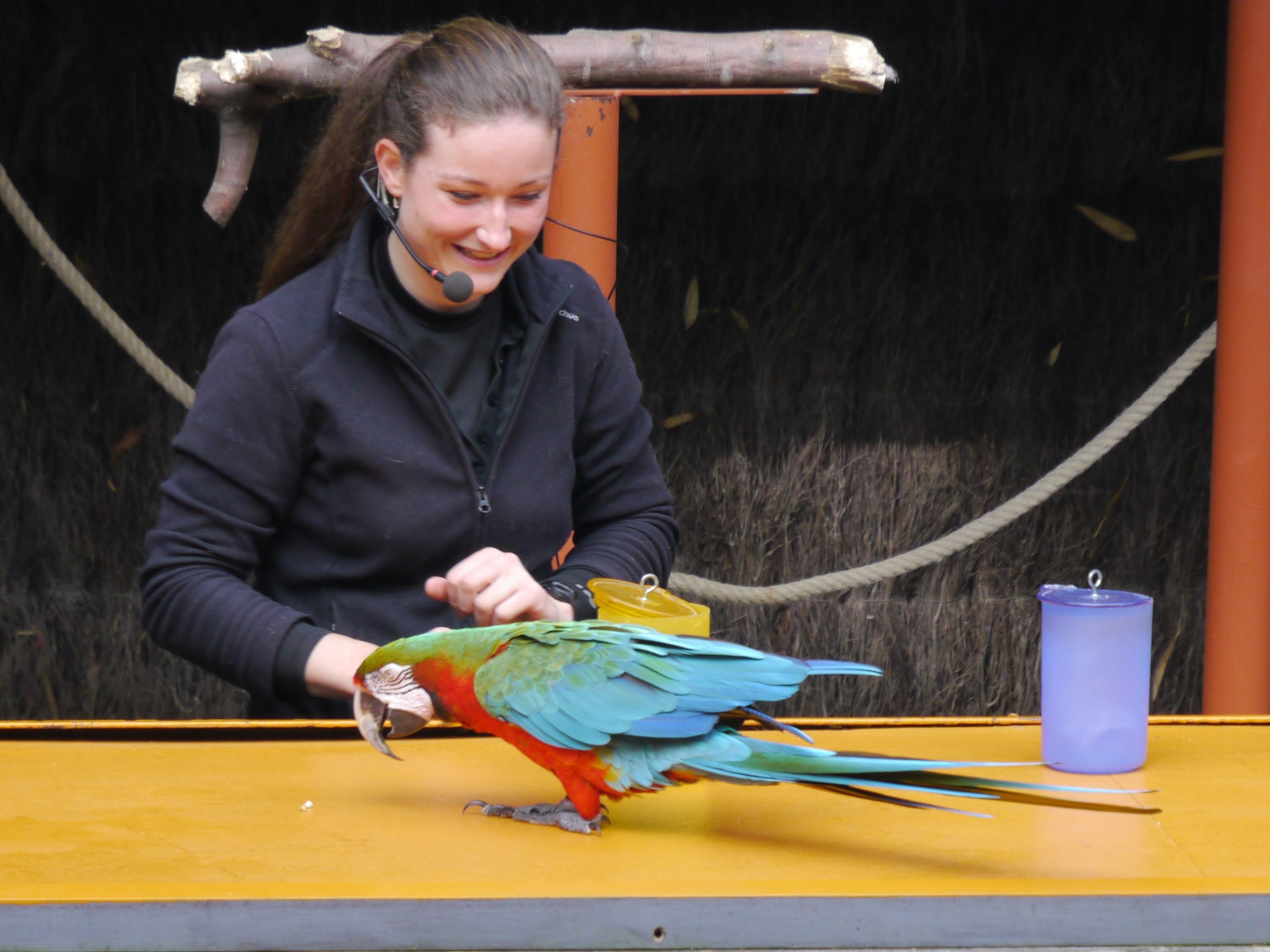A Wild Education: Interaction at Zoo Exhibits.
There are a variety of ways that zoos can teach people about their animals; however, what is the effect of getting hands-on with exhibit displays?
Zoos are amazing places; not only do they perform incredible work for conservation and deliver a fun day out for visitors, but they also provide an opportunity to educate the public on the natural world. The chance to learn about animals from around the planet may not be the main reason that the majority of people visit zoos; however, the interpretation within a display can have significant influences on both visitor attitudes and behaviour. New research out of Aberystwyth University has demonstrated the importance of using interactive interpretation to enhance visitor learning.
According to the World Association of Zoos and Aquaria, the education of zoo visitors is a crucial objective that is as important as their goals for conservation. One of the most effective methods of teaching visitors is to provide quality interpretation; which in this sense, refers to the information that is being presented about an animal or ecosystem.
Traditional interpretation includes the signs and displays found around each exhibit, providing both an informative and entertaining read for visitors. However, quantity of information does not necessarily mean quality of learning. The more entertaining the exhibit display is, the more likely that visitors will retain the important information. One way to make an exhibit more interesting is to incorporate interactive elements into the display. Movable panels can reveal the answers to zoo-related questions or a box can contain various smells from the animal kingdom; using these sorts of interactions can improve the potential for learning in an entertaining way. Real-world examples include a Swiss zoo that features practical 'touch tables', similar to a lion exhibit in Australia which utilises a miniature savannah to teach visitors about conservation. At Atlanta Zoo, visitors can browse through a detailed catalogue on individual orang-utans, whilst in Washington Park Zoo visitors can participate in a reflex game against the Mandrills behind the enclosure barrier.

To assess the effect of interactions within zoo education, researchers surveyed public opinion at Folly Farm Adventure Park and Zoo, South Wales. Folly Farm welcomes around half a million visitors annually, mainly young families. Due to this demographic, the site has a well-developed education program that uses interactive interpretation within many displays. There is even a building that is dedicated to creating an interactive experience called 'Folly Interactive'. This area allows visitors to participate in games, stimulate multiple senses and engage with the practical elements of the displays like movable objects.
Visitors were asked a series of questions about their experience at Folly Farm and other zoological sites. How often did they visit zoos or similar sites, and what did they hope to gain from their visit? Did they feel that more technology and interactive displays would improve their experience, or would they prefer more contact with zoo staff and animals? Did visitors feel that zoos inspire children to pursue science? Through these questions and many more, a picture began to emerge hinting at the various motivations and priorities of zoo visitors.
As you would expect, zoos were found to be the most popular type of site followed by safari parks, aquaria and then butterfly houses. Another general result was that various features across Folly Farm, including the exhibit displays and 'Folly Interactive', were consistently viewed as high among visitors. However, one of the more intriguing findings of this study was regarding the opinions of younger vs older visitors; where younger individuals demonstrated a higher knowledge about the overall industry. Researchers therefore suggested that younger visitors are more invested in learning about potential careers and that zoos should recognise this.
The survey also revealed that visitors are drawn to zoos through several different motivations. Whilst some people visited Folly Farm for the social experience with friends or family, others specifically expressed a desire to learn. Researchers found that visitors who prioritised education during their visit were more likely to suggest that future interactions with technology would significantly improve their experience. Such insights could help zoos decide in the future where and how to enhance their exhibit displays in order the better educate their visitors.

Whilst high visitor numbers show that zoological sites remain popular, such a range of individuals means that there are very different priorities concerning learning. Researchers suggest that zoos recognise this diversity and deliver different approaches to education in order to provide the most effective opportunities for each visitor to learn.
In addition, researchers also identified the benefits of utilising interpretation away from the main exhibit display in unusual places. This maintains visitor interest in zoo education as they travel around the site as well as continuing the 'story' that interpretation aims to provide. Future research may focus on visitors use of interpretation regarding how it can affect 'dwell times' at each exhibit. Another potential avenue for further research concerns the relationship between zoos and the growing demand for technology within education. This study demonstrates the positive attitudes of visitors at Folly Farm regarding interactive interpretation and the learning experience that it creates.
We all remember our first zoo visit, from laughing at a monkey swing with ease through their enclosure, to being amazed by the size of an African elephant or giraffe. These experiences are both superb for visitors and crucial for the industry. At a time when the relationship between science and the public grows increasingly unstable, zoo education remains one of the most effective ways, not only to create public interest in the natural world, but also to encourage the next generation of young people into the sciences.
Author: Thomas Llewellyn
Reference:
Llewellyn, T. "The effect of interactive interpretation at exhibit
displays in zoos on visitor behaviour and attitudes towards
conservation." Institute of Biological, Environmental and Rural
Sciences, Aberystwyth University.
Whether part of invention or innovation, many engineers have found inspiration in nature simply because many of mother nature's designs have evolved to be far more efficient than any man-made creation. The concept of biomimicry, the production of models based on biological entities, has given us more efficient wind turbines from the fins of whales,...




